Polyethylene (PE) septic tanks are a popular choice for handling sewage and wastewater in rural and suburban areas where municipal sewer systems are not available. These tanks are made from a type of plastic that is durable and lightweight, making them easy to install and maintain. In this article, we will explore the benefits and drawbacks of using a PE septic tank for sewage and wastewater treatment.
Overview of PE Septic Tanks
PE septic tanks are crafted from a high-density polyethylene material that is well-suited for handling the harsh environment of a septic system. These tanks come in a variety of shapes and sizes to suit the specific needs of a property. They typically have a lifespan of 20-30 years when properly installed and maintained.
One important factor to consider when using a PE septic tank for sewage and wastewater treatment is the design of the tank. PE septic tanks typically feature a two-chamber design that allows solids to settle and liquids to flow out through a series of pipes. The first chamber serves as a settling tank, while the second chamber acts as a treatment tank. Through this two-chamber system, the wastewater is treated and released into the soil, where it is further filtered and purified.
Benefits of PE Septic Tanks
PE septic tanks offer several benefits over other types of septic tanks such as concrete and steel. First, they are lightweight and easy to install. This makes them a popular choice for homeowners because installation can be completed quickly and efficiently without requiring heavy equipment. Additionally, the lightweight nature of the tank makes it easier to transport, which reduces transportation costs and helps to keep the environmental footprint small.
Another benefit of PE septic tanks is their durability. PE is a highly resistant material that is not susceptible to rust or corrosion, meaning that these tanks will not break down over time. This makes them a more affordable, cost-effective solution in the long run because they will require fewer repairs and replacements.
Third, PE septic tanks require minimal maintenance. Because they do not corrode or wear down over time, there is less of a need for inspections and repairs. This makes them an ideal choice for homeowners in rural areas who may not have access to maintenance services easily.
Lastly, PE septic tanks are environmentally friendly and compatible with underground water aquifers due to their non-permeable characteristic. They do not leach contaminants into the surrounding soil or water, which is important for maintaining a clean and healthy ecosystem.
Drawbacks of PE Septic Tanks
While there are many benefits to using a PE septic tank for sewage and wastewater treatment, there are also some drawbacks that should be considered. First, these tanks are not as strong as concrete or steel tanks and may be vulnerable to damage over time. This may mean that they will require more frequent replacement than other types of tanks.
Additionally, PE septic tanks may not be suitable for properties with heavy clay soil because they can shift or move over time, which can cause damage to the pipes and other components of the system. In areas where the water table is high, additional precautions may need to be taken to prevent the tank from becoming buoyant and floating out of the ground.
Finally, because polyethylene is a type of plastic, it takes a long time to decompose. This means that when a PE septic tank is replaced, it will contribute to the accumulation of plastic waste in landfills.
Conclusion
PE septic tanks are a great choice for homeowners in areas without access to municipal sewer systems. They offer many advantages over other types of septic tanks, including their lightweight nature, durability, and environmental friendliness. However, it is important to consider the potential drawbacks of using a PE septic tank, such as their susceptibility to damage and possible incompatibility with certain soil types. Overall, a PE septic tank can be a practical and cost-effective solution for handling sewage and wastewater on rural and suburban properties.


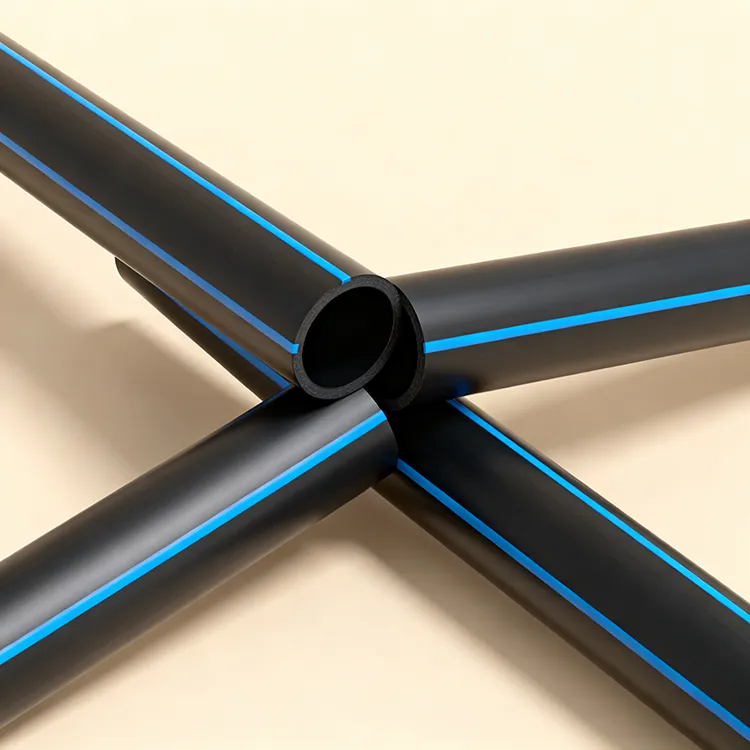
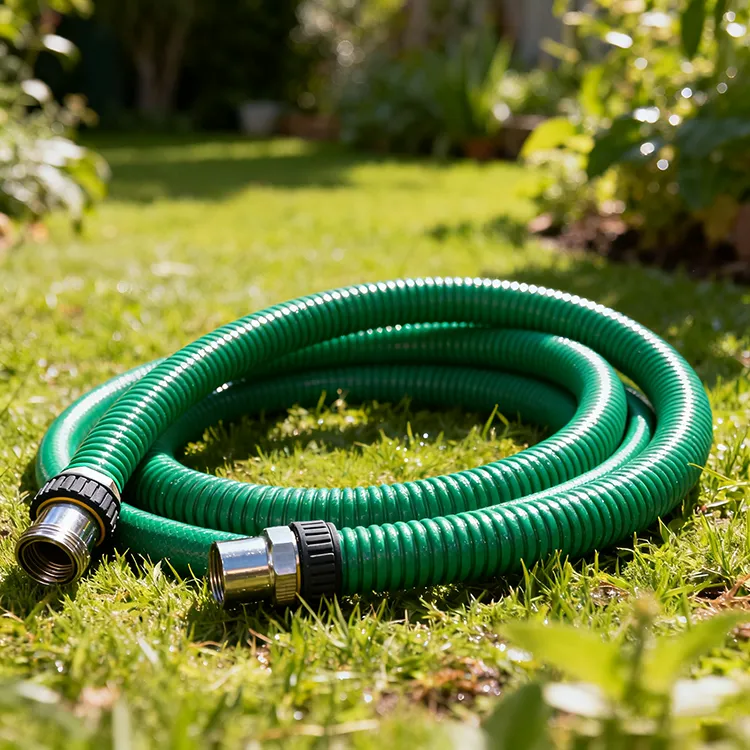

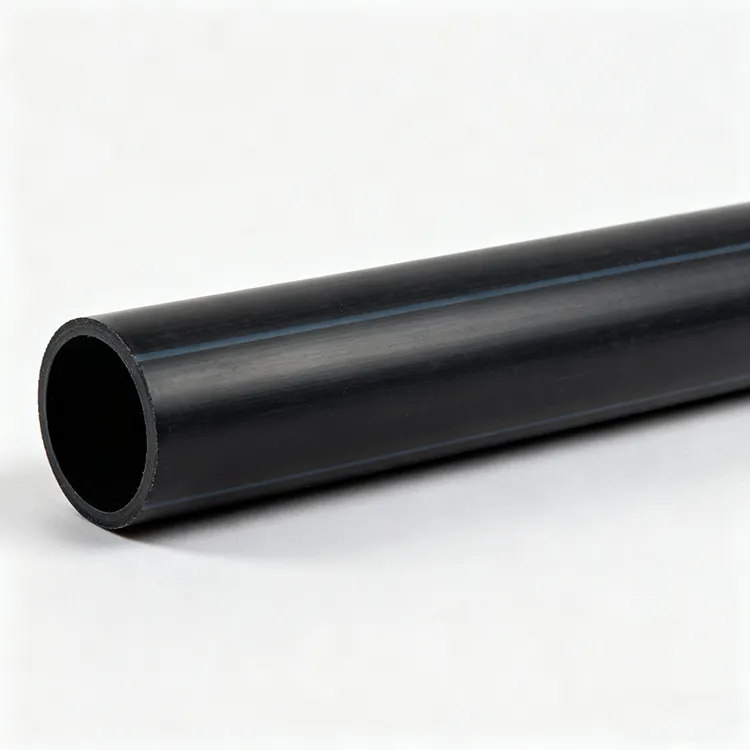
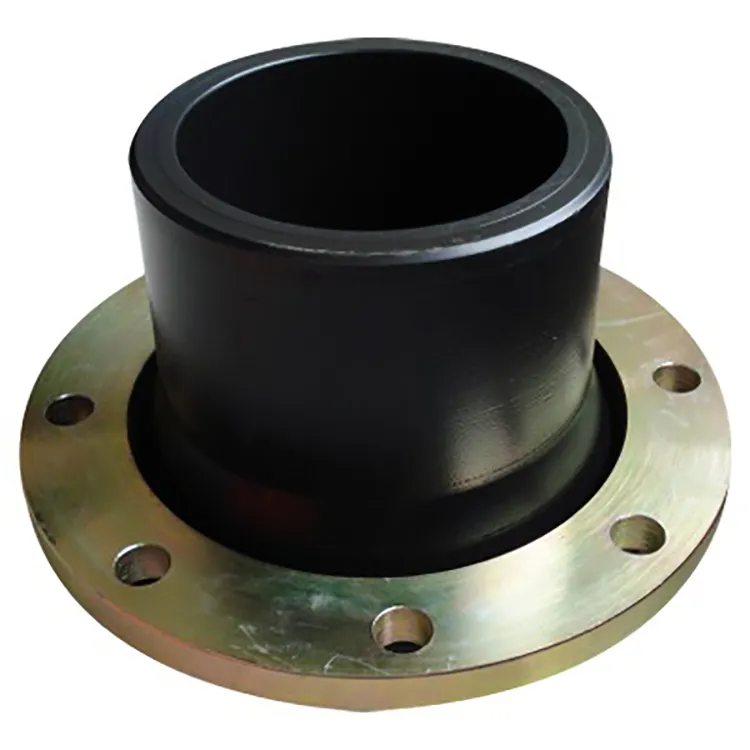


659.webp)
210.webp)
328.webp)
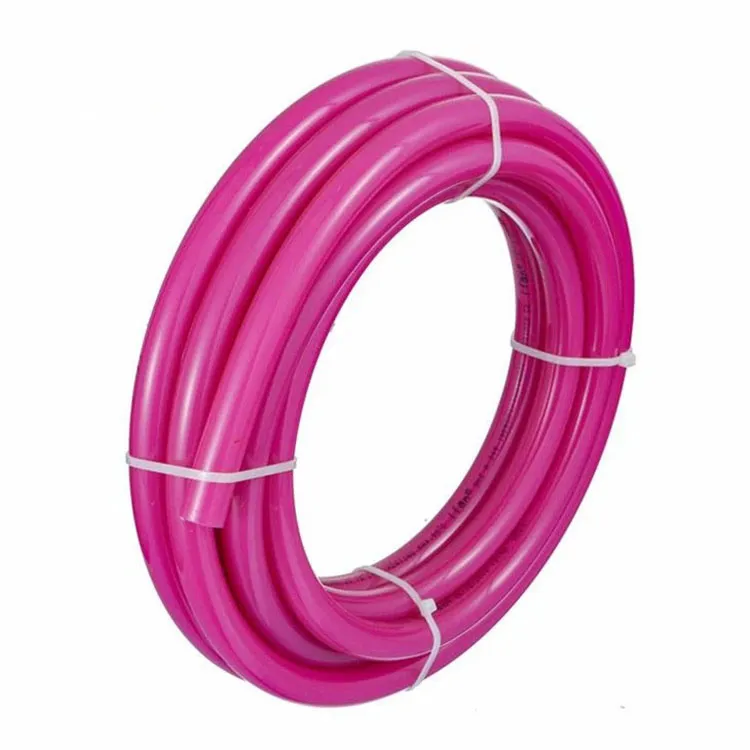
294.webp)
476.webp)


